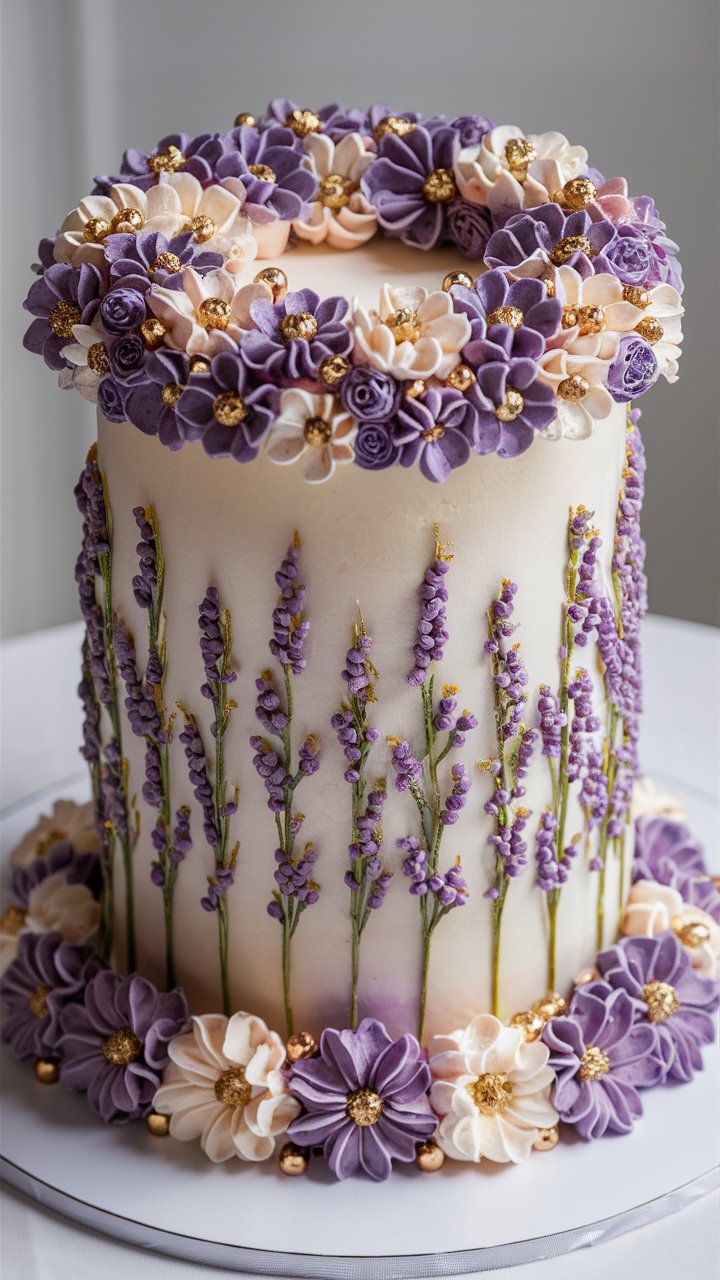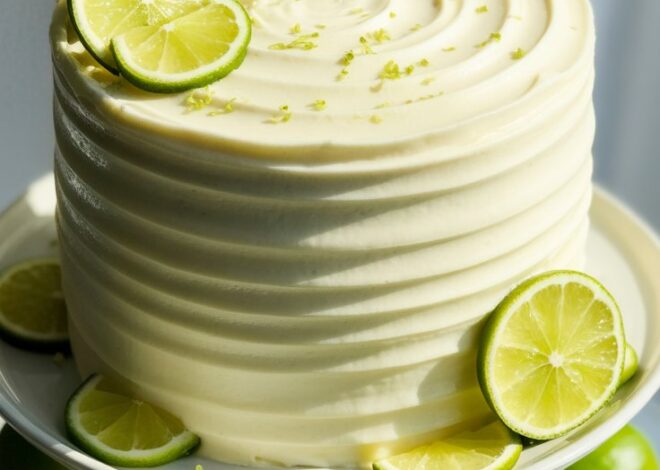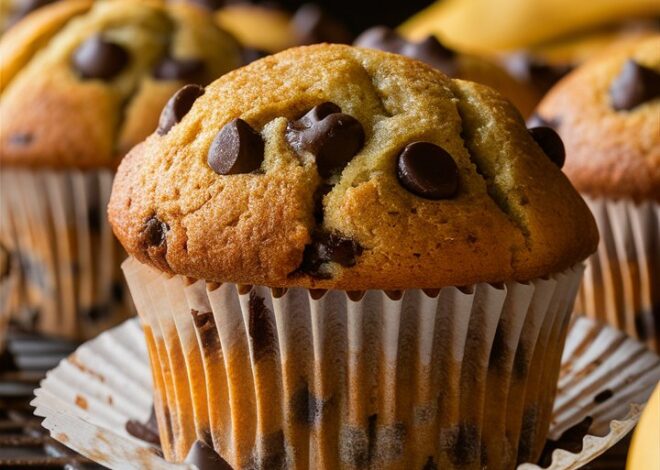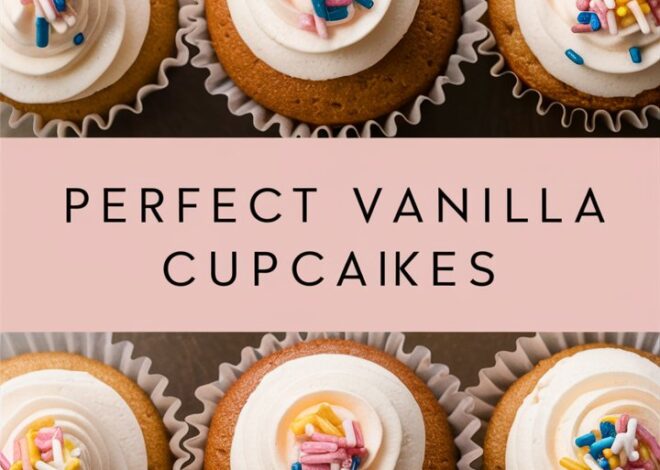
How to Bake the Perfect Lavender Cake: Step-by-Step Guide 2025
There’s something undeniably enchanting about a lavender cake. Its delicate floral notes, paired with soft, buttery layers and creamy buttercream, make it a dessert that’s both stunning and irresistible. Whether you’re hosting a spring brunch, a baby shower, or simply indulging in a sweet treat at home, this Lavender Cake with Buttercream is guaranteed to impress both the eyes and the palate.
In this complete guide, we’ll explore every detail: from ingredient selection and step-by-step baking instructions to expert tips, flavor variations, storage suggestions, and FAQs. By the end, you’ll have all you need to create a cake that’s not only visually beautiful but also a memorable culinary experience.
Why You’ll Love This Lavender Cake
This cake is more than just a dessert; it’s a culinary experience. Here’s why:
- Elegant floral flavor – The subtle lavender notes give the cake a refined taste without overpowering the palate.
- Soft, tender crumb – Rich egg yolks and buttermilk create a moist, fluffy texture.
- Layered perfection – A combination of cake, lavender syrup, and buttercream ensures every bite is flavorful.
- Versatile for occasions – Ideal for celebrations or casual tea times.
- Make-ahead friendly – Components like the syrup and buttercream can be prepared in advance.
Essential Ingredients
To create this cake, you’ll need ingredients that balance flavor and texture perfectly. Here’s what to focus on:
For the Cake
- Unsalted butter – Softened, for both cake and frosting.
- Granulated sugar – Sweetens the cake base and syrup.
- Eggs & yolks – Provide richness, moisture, and structure.
- All-purpose flour & baking powder – Classic cake foundation.
- Dried culinary lavender – Crushed for subtle floral flavor.
- Buttermilk – Adds moisture and a gentle tang.
For the Lavender Syrup
- Granulated sugar & water – Simple syrup base.
- Dried culinary lavender – Infuses flavor without overpowering.
For the Buttercream
- Unsalted butter – Softened to achieve a smooth texture.
- Powdered sugar – Ensures a creamy, sweet frosting.
- Lavender syrup – Adds depth and aroma.
- Vanilla extract – Balances and enhances flavors.
Pro Tip: Always use culinary lavender. Other types may be too strong or bitter.
Step-by-Step Baking Instructions
Step 1: Prepare Your Cake Pans
Preheat your oven to 350°F (177°C). Grease and line two 8-inch cake pans with parchment paper to prevent sticking. For a flawless finish, also lightly flour the pans.
Step 2: Mix Dry Ingredients
In a medium bowl, whisk together:
- All-purpose flour
- Baking powder
- Salt
- Crushed dried lavender
Set aside. This ensures an even distribution of the lavender flavor throughout the cake.
Step 3: Cream Butter and Sugar
In a large bowl, beat softened butter and granulated sugar until light and fluffy (about 3–5 minutes). Add eggs one at a time, followed by egg yolks and vanilla extract, mixing well after each addition.
Pro Tip: Room-temperature eggs and butter prevent curdling and ensure a smooth batter.
Step 4: Combine Wet and Dry Ingredients
Alternate adding the dry ingredients and buttermilk into the butter mixture, beginning and ending with dry ingredients. Mix on low speed until just combined to avoid overmixing.
Step 5: Bake the Cake Layers
Divide the batter evenly between the prepared pans. Bake 25–30 minutes, or until a toothpick inserted in the center comes out clean. Allow the cakes to cool in pans for 10 minutes, then transfer to a wire rack to cool completely.
Step 6: Prepare the Lavender Syrup
In a small saucepan, combine:
- 1/2 cup sugar
- 1/2 cup water
- 2 tsp dried culinary lavender
Bring to a simmer until sugar dissolves. Steep for 15–20 minutes, strain, and let cool completely. This syrup will enhance both flavor and moisture.
Step 7: Make the Buttercream
Beat softened butter until creamy. Gradually add powdered sugar, followed by cooled lavender syrup and vanilla extract. Beat until light and fluffy.
Pro Tip: Chilling the buttercream slightly can help achieve a cleaner frosting finish.
Step 8: Assemble the Cake
- Level the cooled cake layers if necessary.
- Place one layer on your serving plate.
- Brush generously with lavender syrup, then spread a layer of buttercream.
- Top with the second layer (upside down for an even surface) and brush with syrup.
Step 9: Frost and Decorate
- Apply a thin crumb coat and chill for 15–20 minutes.
- Frost the entire cake with remaining buttercream.
- Decorate as desired: edible flowers, piped swirls, or a light dusting of powdered sugar.
Serving Suggestions
- Pair with tea or prosecco to complement the floral notes.
- Garnish with fresh berries for color and natural sweetness.
- Sprinkle edible flowers for an elegant garden-party look.
- Serve chilled to enhance creamy texture.
Variations & Substitutions
- Cupcakes: Use the same batter to make 24 individual cupcakes.
- Lemon twist: Add lemon zest for a fresh, citrusy flavor.
- Cream cheese frosting: Replace buttercream for a tangy alternative.
- Buttermilk substitute: Use sour cream or yogurt if needed.
- Vegan version: Use plant-based butter, flax eggs, and non-dairy milk.
Advanced Baking Tips
- Avoid overmixing to maintain a tender crumb.
- Room temperature ingredients ensure even baking and texture.
- Proper layering: Invert the top layer for a flat surface before frosting.
- Syrup application: Brush gently to avoid soggy layers.
- High altitude baking: Slightly increase flour and reduce sugar if needed.
Storage and Make-Ahead Tips
- Refrigerate: Cover and store for up to 4 days.
- Freeze cake layers: Wrap tightly and freeze for up to 2 months.
- Make-ahead: Syrup and buttercream can be prepared 2–3 days in advance.
Frequently Asked Questions (FAQs)
Q: Can I use lavender extract instead of dried lavender?
A: Yes, use just a few drops—it’s potent. Start small and adjust to taste.
Q: Is the lavender flavor too strong?
A: When balanced, it’s subtle and sophisticated, never overwhelming.
Q: Can I make it gluten-free?
A: Substitute with a 1:1 gluten-free baking flour blend. Adjust liquid if necessary.
Q: What if I don’t have buttermilk?
A: Add 1 Tbsp lemon juice or vinegar to 1 cup milk and let it sit 5–10 minutes.
Q: How to decorate simply?
A: Pipe a swirl, dust with powdered sugar, or add edible flowers for elegance.
Creative Presentation Ideas
- Rustic charm: Minimal frosting with fresh lavender sprigs.
- Elegant modern: Smooth buttercream with metallic accents or gold leaf.
- Layered beauty: Alternate thin buttercream layers with fruit preserves.
- Mini desserts: Make small lavender cake jars for individual servings.
Why This Cake Stands Out
This Lavender Cake with Buttercream combines elegance with accessibility:
- Balanced flavors – Floral yet not overpowering.
- Visual appeal – Perfect for Pinterest or party tables.
- Beginner-friendly – Step-by-step guidance ensures baking success.
- Flexible – Easily adapted for different occasions or dietary needs.
Final Thoughts
Baking this cake is not just about the dessert itself—it’s about creating a memorable experience. From the fragrant aroma of lavender in the kitchen to the soft, tender crumb and creamy frosting, every bite is a moment of indulgence.
Whether you’re a novice baker or an experienced home chef, this Lavender Cake with Buttercream is approachable, adaptable, and always impressive. Try it for your next celebration or weekend treat—you’ll find it becomes a go-to favorite.
This cake is more than a dessert; it’s an experience of elegance, flavor, and joy.


